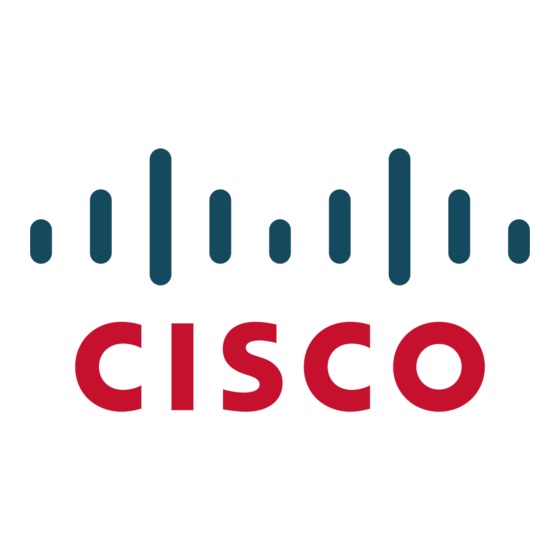Caller ID on Cisco 2600 and 3600 Series Routers
and Cisco MC3810 Multiservice Concentrators
This appendix describes Cisco IOS configuration for caller ID as supported on the Cisco MC3810
multiservice concentrator and on Cisco 2600 and 3600 series routers. It includes the following sections:
Caller ID Overview, page 811
•
•
Caller ID Prerequisites Tasks, page 814
Caller ID Configuration Task List, page 815
•
To identify the hardware platform or software image information associated with a feature in this
appendix, use the Feature Navigator on Cisco.com to search for information about the feature or refer to
the software release notes for a specific release. For more information, see the "Identifying Supported
Platforms" section in the "Using Cisco IOS Software" chapter.
Caller ID Overview
Caller ID (sometimes called CLID or ICLID for incoming call line identification) is an analog service
offered by a central office (CO), which supplies calling party information to subscribers. Typically, the
calling party number, and sometimes the name, appears on a station (also called extension) device such
as a PC telephony software application screen or the display on a telephone. Type 1 caller ID provides
the calling party information while the call is ringing, and Type 2 caller ID provides the additional
convenience of calling number display while the recipient is on another call. In this release, Cisco
provides only Type 1 caller ID support.
The caller ID feature supports the sending of calling party information from foreign exchange station
(FXS) loop-start and ground-start ports into a caller ID equipped telephone device. The FXS port
emulates the extension interface of a private-branch exchange (PBX) or the subscriber interface for a CO
switch.
The caller ID feature supports receiving calling-party information at foreign exchange office (FXO)
loop-start and ground-start ports. The FXO port emulates a connection to a telephone and allows
connection to a PBX extension interface or (where regulations permit) a CO subscriber line.
The following are benefits of using caller ID:
Enterprises—Caller ID is invaluable for increasing efficiency through its use in computer telephony
•
integration (CTI) applications, where for example, calling party information can be used to retrieve
client information from a database when a customer call is received.
Cisco IOS Voice, Video, and Fax Configuration Guide
VC-811

